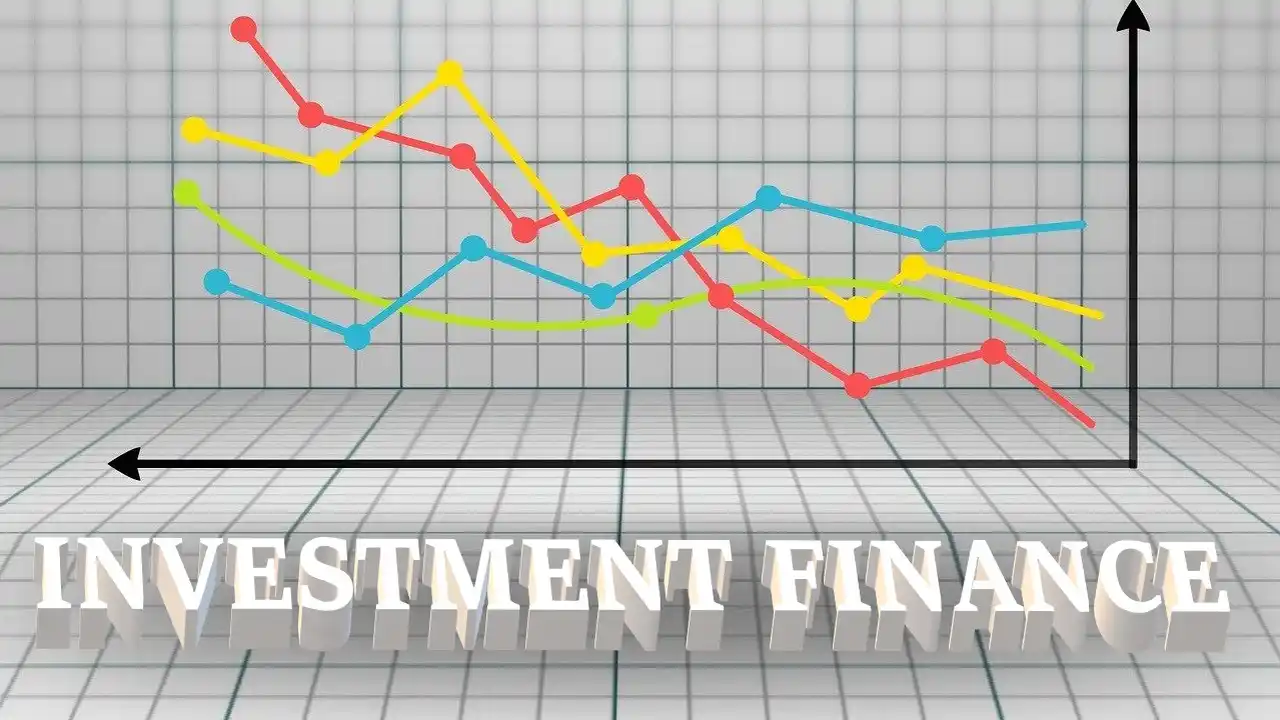It marked a 44% jump from the value seen in August and a 34% year-on-year increase, data from the Reserve Bank of India (RBI) showed. This was despite the hardening of average yield on commercial papers in September. August saw a CP value of Rs 1.18 lakh crore while it was Rs 1.27 lakh crore in September last year.
The trend is in line with the structural shift in fundraising among Indian companies.“Corporates are cash-rich, while they have access to debt and equity markets. They have multiple sources of funding,” ICICI Bank executive director Sandeep Batra said last week.The total flow of resources from non-bank sources to the commercial sector increased by Rs 2.66 lakh crore in 2025-26 till September, more than offsetting the decline in non-food bank credit by Rs 48,000 crore, the central bank documents showed.
Among the non-bank sources, issuances of corporate bonds by non-financial entities increased by Rs 1.66 lakh crore while net inward foreign direct investment (FDI) increased by Rs 0.93 lakh crore. Non-bank lenders, too, remained a dominant source of non-bank credit.“A structural change is happening in the economy in terms of where the funds are raised from. Historically we were used to looking at the credit growth data as an indication of resource availability. That is no longer the case,” chief economic advisor V Anantha Nageswaran had said last month at an event in Kolkata.In the July-September quarter, commercial papers worth Rs 4.41 lakh crore were issued, about 15% higher than the year-ago period’s Rs 3.84 lakh crore, RBI’s monthly data showed.
Banks’ year-on-year credit growth print was at 11.4% at the end of October 3, against 12.8% seen a year ago.
The overall domestic financial conditions remained mildly tight in the latter half of September. The weighted average call rate—the operating target of monetary policy—hovered close to the policy repo rate in September and October. Average yields on treasury bills moderated while those on certificates of deposit and commercial papers hardened, the central bank’s state of the economy report observed.
“In the fixed income segment, while the short-end of the government securities yields declined, yields at the longer-end remained flat. Corporate bond yields and spreads increased across tenors and the rating spectrum,” it said.



























